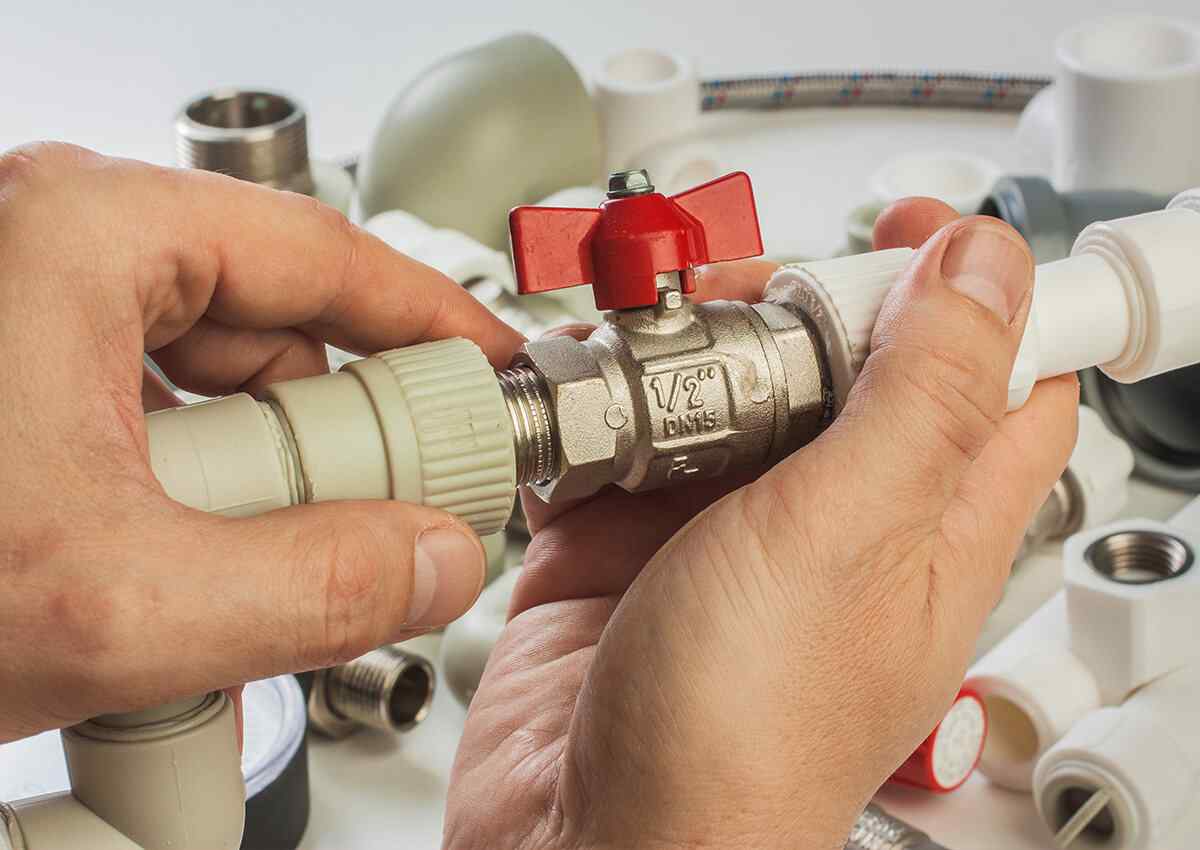Plumbing issues can be daunting for many homeowners, but not all plumbing problems require professional intervention. With a basic understanding of your home’s plumbing system and a few essential tools, you can tackle various minor repairs and maintenance tasks. This comprehensive guide will walk you through some DIY plumbing tips and tricks, helping you save money and gain confidence in handling common plumbing issues.
Understanding Your Home’s Plumbing System
Before diving into repairs, it’s important to have a basic understanding of your home’s plumbing system. Your system consists of two main parts: the water supply system, which brings fresh water into your home, and the drainage system, which removes waste water. Familiarize yourself with the location of the main water shut-off valve, as turning off the water is the first step in many plumbing repairs.
Essential Tools for DIY Plumbing
Invest in a basic set of plumbing tools. Essentials include a plunger, a set of wrenches, a plumber’s snake or auger, a hacksaw, and Teflon tape. These tools can handle most small repairs and maintenance tasks.
DIY Repairs and Maintenance Tips
-
Unclogging Drains: A clogged drain is a common issue in many households. Start with a plunger. If that doesn’t work, use a plumber’s snake to clear the blockage. Avoid using chemical drain cleaners as they can damage your pipes.
-
Fixing a Running Toilet: A constantly running toilet can waste a significant amount of water. The issue often lies with the flapper valve inside the tank. Check it for wear and replace it if necessary. Also, ensure the chain is the correct length – too long or too short can prevent the flapper from sealing properly.
-
Replacing Faucets and Showerheads: Leaky faucets are often caused by worn-out washers or O-rings. Turn off the water supply, disassemble the faucet, and replace the faulty parts. When installing new faucets or showerheads, remember to use Teflon tape on the threads to prevent leaks.
-
Dealing with Leaky Pipes: For minor leaks in pipes, turn off the water supply and dry the area completely. Epoxy putty can be a temporary fix for small leaks. However, for larger issues, replacing the damaged section of pipe may be necessary.
-
Installing a New Toilet or Sink: While more complex, installing a new toilet or sink is doable with the right tools and a bit of patience. Make sure to follow the manufacturer’s instructions carefully and ensure all connections are tight and sealed.
Regular Maintenance is Key
Regular maintenance can prevent many common plumbing problems. Regularly check under sinks for leaks, inspect your water heater for signs of corrosion or leaking, and clean out p-traps to prevent clogs and odors. Seasonal checks, such as making sure outdoor faucets aren’t leaking and are properly shut off in winter, can prevent more serious issues.
When to Call a Professional
While many minor repairs can be handled on your own, there are times when it’s best to call a professional plumber. This includes major leaks, problems with the main sewer line, extensive pipe damage, or any issue that you’re not comfortable handling. Remember, attempting repairs beyond your skill level can lead to more significant problems and more costly repairs.
Conclusion
Becoming familiar with basic DIY plumbing repairs and maintenance can be a valuable skill for any homeowner. It allows you to quickly address minor issues, prevent bigger problems, and understand your home’s plumbing system better. With the right tools, a bit of knowledge, and a willingness to learn, you can successfully manage many common plumbing tasks. However, always remember to assess the situation carefully and call in professionals when necessary.

